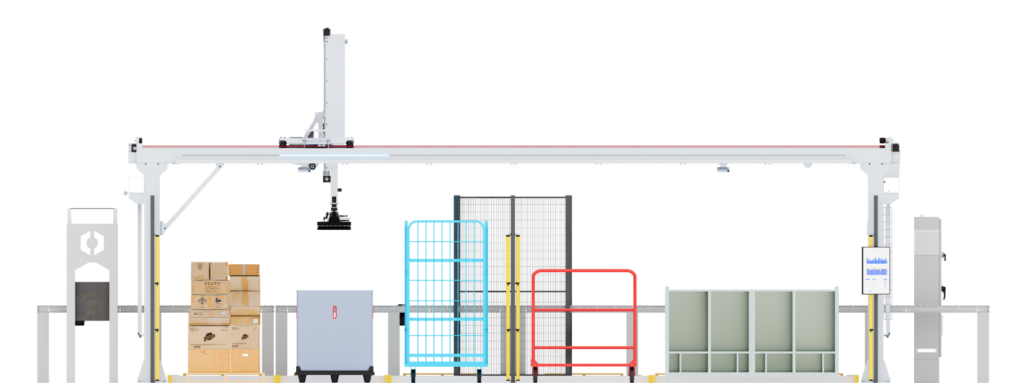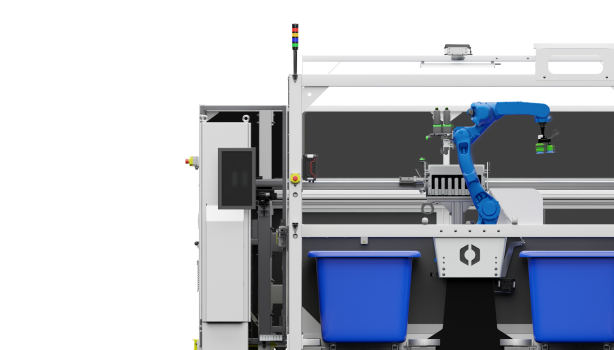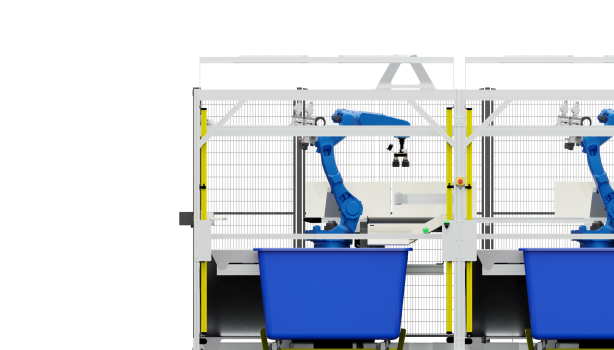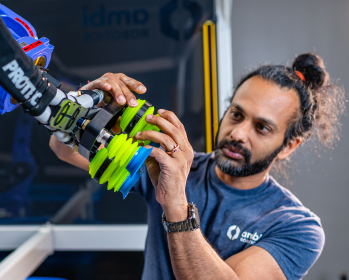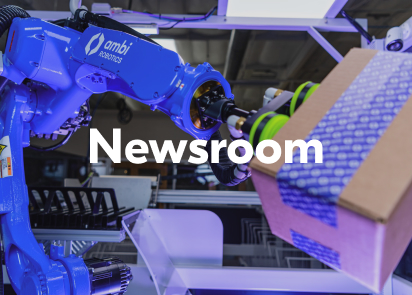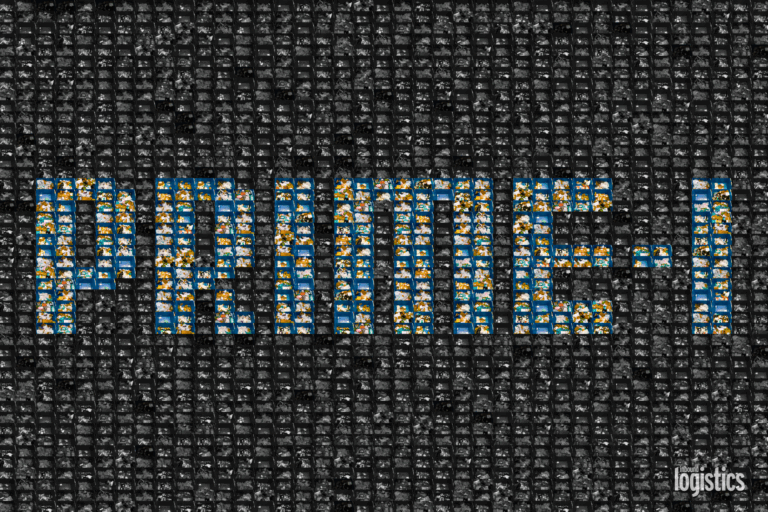IN THE NEWS
The Holy Grail of Automation: Now a Robot Can Unload a Truck

Robot Operator working alongside AmbiStack from Ambi Robotics
Loading and unloading a truck is backbreaking, mind-numbing work that retailers and parcel carriers have tried to solve for years. Workers may not stay long in these jobs. Summers and winters are particularly grueling for anyone stuck in a metal trailer, slinging heavy boxes. Injuries are common.
Automating this process has long been the holy grail of warehouse logistics. When loaded, packages must be fitted together to fill the available space and be sorted by weight—with the heaviest items on the bottom—so they don’t topple or break. Unloading them is challenging, too, because the unloader must move in and out of a trailer, ferrying packages of different sizes and weights.
On a typical warehouse floor today, every task might be heavily automated—except for workers loading and unloading the trucks. People who have worked these jobs say they have to stand for extended periods, hefting boxes as heavy as 70 pounds.
New advances in robotics are changing that.
Improved sensors and algorithms, advancements in AI and faster image-processing technology are making these robots proficient players in tasks that are like a game of 3-D Tetris.
Engineers at Ambi Robotics designed a videogame to train its robotic stacking system, AmbiStack. It simulated challenging situations, including heavy parcels and boxes with strange dimensions, said Jeff Mahler, Ambi Robotics co-founder and chief technology officer.
Ambi Robotics is developing robots to load and unload trucks
This shifts the burden of physical lifting from humans to robots. Proponents of the technology say it will mean more efficiently packed pallets, fewer damaged items and a lot of time saved.
What the AI model ‘knows’
The machine-learning algorithm isn’t aware of what’s inside each package, but does know the item’s weight, approximate center of gravity and how fragile it is.
The known data is then parsed by the algorithm
The robot will use the information it has on item fragility, center of gravity and weight to choose the optimal pallet and determine where the item should be placed to minimize damage, but still allow the highest possible number of boxes to be packed in the given space.

